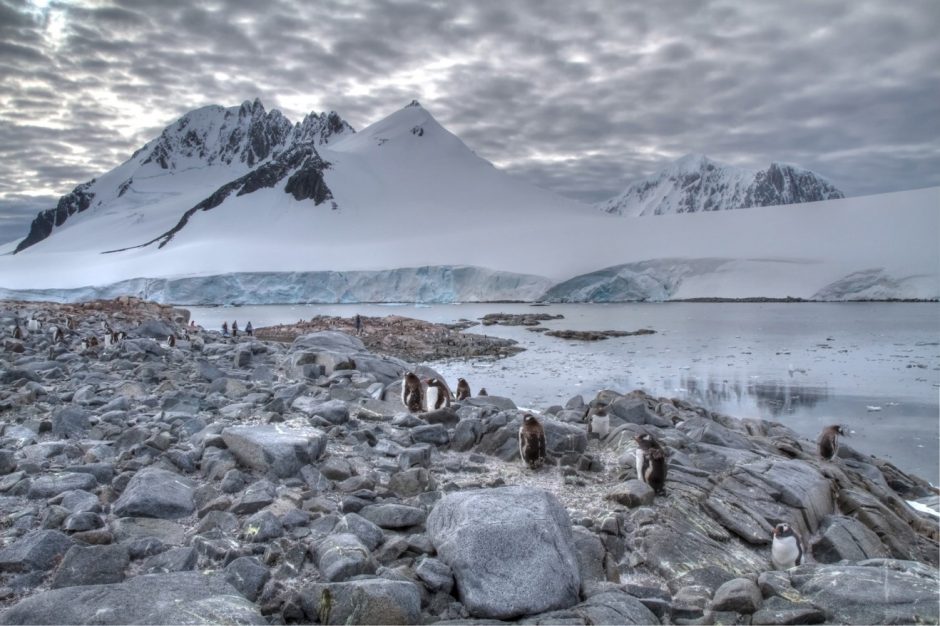
What is the Ideal Aperture for Landscape Photography?
When photographing landscapes big and small, like those in iconic landscape photography destinations like Iceland, Glacier National Park, and the Canadian Rockies, depth of field (DoF) is a primary consideration. While there are times you can get quite artsy and creative with shallow DoFs, usually we’re thinking about how to maximize DoF and have nearly the entire scene in crisp, glorious focus.
For those that aren’t quite familiar with aperture, depth of field, and how it relates to landscape photography, I recommend taking a crash course on the subjects in these posts…
For those of you that are used to dialing in custom apertures, it’s fairly obvious that we’re going to want a big f/number, aka small aperture. These small apertures allow for maximum focus and that’s what we want most of the time.
However, exactly what f/number is not always that straightforward. Many people just think that the biggest f/number they can afford to get given the lighting conditions is all there is to it. Well, not exactly…

Spoiler alert, I personally feel the best f/number for landscape photography is f/11.
But why not go up to f/16 or even f/22?
Essentially what happens when you go to these bigger and bigger f/numbers is that you start crowding your sensor with more and more well-defined pixels. When individual pixels become “too sharp” you wind up with fewer pixels being able to fit into your frame. Thus, you actually may force your photo to have a lower resolution because of the quest for an infinite depth of field.
Fortunately this only happens at apertures above f/11 for the most part.
If you want to read up more on the subject, there are lots of papers and equations that cover what diffraction-limited optical physics entails. Warning…it’s very complicated and boils down to basically what I said above.
F/8 is also another very satisfactory landscape aperture and many cameras cannot go above f/8. When I’m shooting hand held and in lower light situations, I don’t hesitate to shoot at f/8 for a landscape shot, as that usually does the trick just fine.
The only challenge in all this is if you have a close-by dominant foreground subject. If this is the case, and you focus on the foreground subject (like you should), you may have to go to f/16 to get the rest of the landscape in focus.
However, as I explain above this should be avoided if you want maximum resolution. The best scenario here is that you’re able to get further away from the foreground so that you don’t have the same DoF issues as when this subject is only within a few feet.

For example, if you are 10 feet in front of a group of penguins with mountains in the distance, try doubling the distance to the penguins and notice how the same aperture will result in a greater DoF.
So, to answer the question posed in the title of this article, f/11 is my ideal, but I’m not afraid to go to f/8 if I need more light in my scene. And in those cases where I absolutely must, I will go to f/16, but this is the exception and not the rule.

The best next step is to go out and practice these techniques and review your results in a systematic, scientific way on your computer. Toggle back and forth between the same shot taken at f/8, f/11, and f/16 and see the results. Sometimes the differences may seem minimal, but as you begin to practice more and more the results may very well astound you.
Go forward and give it a shot!

Court
Leave a reply